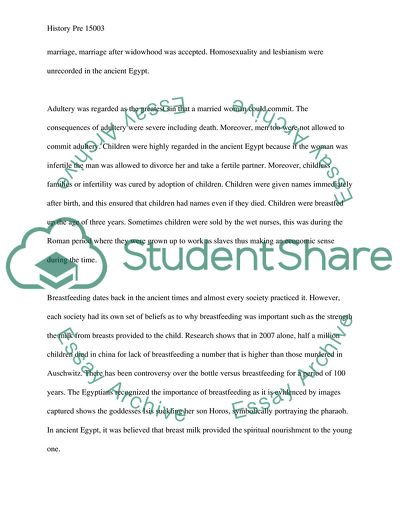Cite this document
(Marriage in the Ancient Egypt Assignment Example | Topics and Well Written Essays - 1750 words, n.d.)
Marriage in the Ancient Egypt Assignment Example | Topics and Well Written Essays - 1750 words. https://studentshare.org/history/1850380-history-pre-1500
Marriage in the Ancient Egypt Assignment Example | Topics and Well Written Essays - 1750 words. https://studentshare.org/history/1850380-history-pre-1500
(Marriage in the Ancient Egypt Assignment Example | Topics and Well Written Essays - 1750 Words)
Marriage in the Ancient Egypt Assignment Example | Topics and Well Written Essays - 1750 Words. https://studentshare.org/history/1850380-history-pre-1500.
Marriage in the Ancient Egypt Assignment Example | Topics and Well Written Essays - 1750 Words. https://studentshare.org/history/1850380-history-pre-1500.
“Marriage in the Ancient Egypt Assignment Example | Topics and Well Written Essays - 1750 Words”. https://studentshare.org/history/1850380-history-pre-1500.


